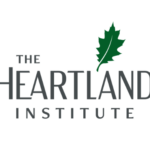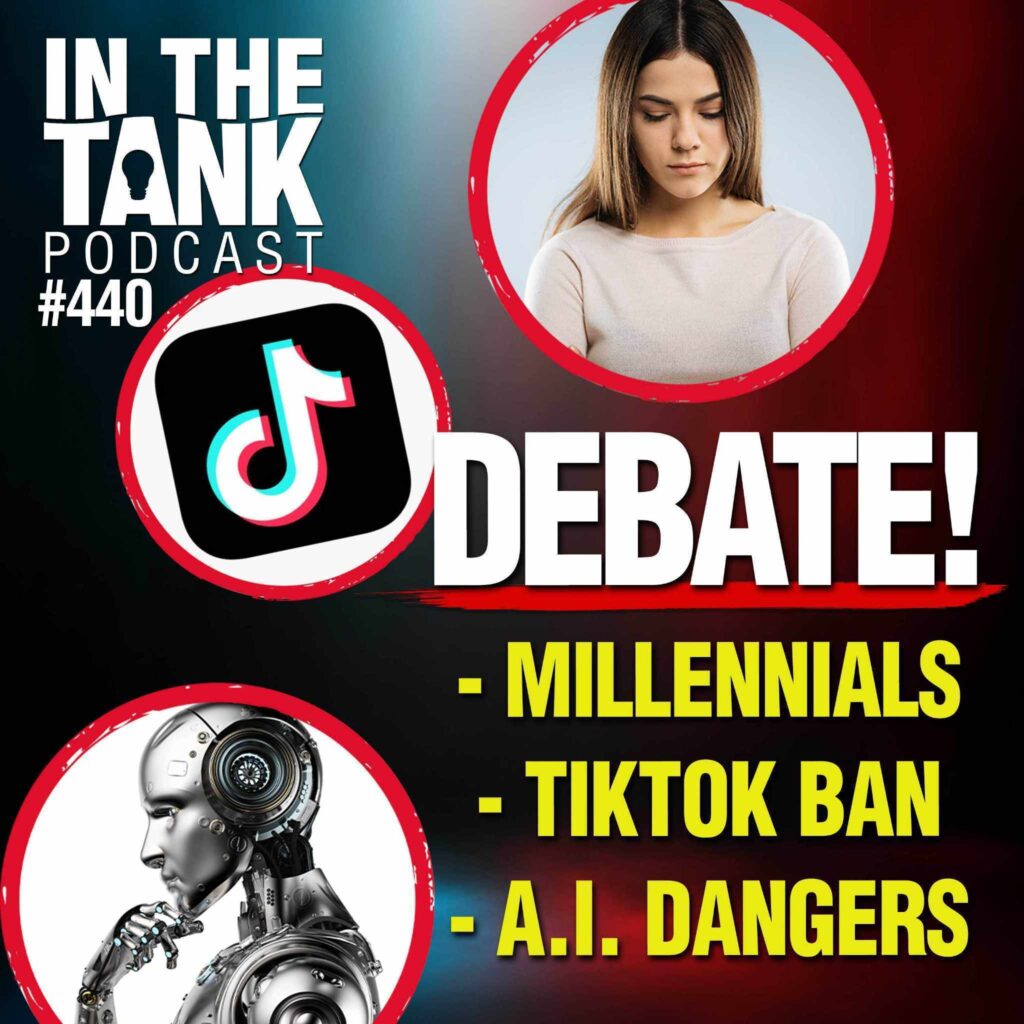Since their introduction to the U.S. market in 2007, e-cigarettes and vaping devices—tobacco harm reduction products that are 95 percent safer than combustible cigarettes—have helped more than three million American adults quit smoking.
1. Economic Impact
According to the Vapor Technology Association, in 2018, the industry created 667 direct vaping-related jobs, including manufacturing, retail, and wholesale jobs in Nebraska, which generated $19 million in wages alone.[1] Moreover, the industry has created hundreds of secondary jobs in the Cornhusker State, bringing the total economic impact in 2018 to $169,086,200. In the same year, Nebraska received more than $7 million in state taxes attributable to the vaping industry. These figures do not include sales in convenience stores, which sell vapor products including disposables and prefilled cartridges. In 2016, sales of these products in Nebraska eclipsed $3.3 million.[2]
2. State Health Department Data
As of November 26, 2019, the Nebraska Department of Health and Human Services (NDHHS) has reported 11 cases of vaping-related lung illnesses, including one death. Although other state health departments have provided additional patient information—including age, gender, and substances vaped—NDHHS has only reported the total number of cases. This is alarming because many state health departments have already linked vaping-related lung illnesses to the use of products containing tetrahydrocannabinol (THC) and provided this information in their own updates. The Heartland Institute gives NDHHS a grade of F for information available on vaping-related lung illnesses.
3. More Information Needed
The most recent report on youth e-cigarette use in Nebraska is from the 2018 Nebraska Risk and Protective Factor Student Survey.[3] According to the results, in 2018, 31 percent of Nebraska 10th and 12th grade students reported using a vapor product on at least one occasion in the 30 days prior to the survey. There is no information on frequent and/or daily use. More data is needed to understand the effects of public health campaigns on youth e-cigarette use.
4. Youth Sales Miniscule
From January 1, 2018 to September 30, 2019, the U.S. Food and Drug Administration (FDA) administered 1,807 tobacco age compliance inspections in Nebraska, in which the agency used a minor in an attempt to purchase tobacco products.[4] Of those, 191 or 10 percent, resulted in a sale to a minor. Of the violations, 38 (19 percent of violations and 2 percent of all compliance checks) involved the sale of e-cigarettes or vaping devices. The number of violations involving sales of cigars and cigarettes were 20 and 124, respectively, during the same period.
5. Misspent Money
In 2019, Nebraska received an estimated $105 million in tobacco taxes and tobacco settlement payments. In the same year, the state spent only $2.6 million, or 2 percent, on funding tobacco control programs, including education and prevention.[5] The lack of funding is notable in the state’s telephone quit line, of which Nebraska invests only $1.62 per smoker, lower than the national average of $2.21.
Policy Solution
Electronic cigarettes and vaping devices have proven to be tremendous tobacco harm reduction tools, helping many smokers transition away from combustible cigarettes. Despite recent fearmongering, their use is significantly safer than traditional cigarettes, as noted by numerous public health groups including the Royal College of Physicians,[6] Public Health England,[7] and the American Cancer Society.[8] Rather than restricting their use, and undoubtedly reducing public health gains and millions of dollars in economic output, lawmakers should dedicate existing tobacco funds on programs that actually reduce youth use.
Key Points:
1. Nebraska’s vaping industry provided more than $169 million in economic activity in 2018 while generating 667 direct vaping-related jobs. Sales of disposables and prefilled cartridges in Nebraska exceeded $3.3 million in 2016.
2. As of November 26, 2019, NDHHS has reported 11 cases of vaping-related lung illnesses, including one death. NDHHS does not include information on substances vaped. NDHHS earns an F for its reporting on vaping-related lung illnesses.
3. In 2018, only 31 percent of Nebraska high school students reported using vapor products on at least one occasion in the 30 days prior to the survey. There is no information on frequent and/or daily use. More data is needed.
4. Only 2 percent of FDA retail compliance checks in Nebraska resulted in sales of e-cigarettes to minors from January 1, 2018 to September 30, 2019.
5. Nebraska spends very little on tobacco prevention. In 2019, Nebraska dedicated only $2.6 million on tobacco control, or 2 percent of what the state received in tobacco settlement payments and taxes.
References
[1] Vapor Technology Association, “The Economic Impact of the Vapor Industry NEBRASKA,” 2019, https://vta.guerrillaeconomics.net/reports/3a622a3d-b201-4e40-bdaa-347d24355e0b?.
[2] Teresa W. Wang et al., “National and State-Specific Unit Sales and Prices for Electronic Cigarettes, United States, 2012-2016,” Preventing Chronic Disease, Centers for Disease Control and Prevention, August 2, 2018, https://www.cdc.gov/pcd/issues/2018/17_0555.htm.
[3] Nebraska Department of Health and Human Services, “Nebraska Risk and Protective Factor Student Survey Results for 2018,” Student Health and Risk Prevention Surveillance System, 2018, http://dhhs.ne.gov/Behavioral%20Health%20Documents/Nebraska%20Risk%20&%20Protective%20Factor%20Student%20Survey%20Results%20for%202018.pdf.
[4] U.S. Food and Drug Administration, “Compliance Check Inspections of Tobacco Product Retailers,” September 30, 2019, https://www.accessdata.fda.gov/scripts/oce/inspections/oce_insp_searching.cfm.
[5] Truth Initiative, “Tobacco use in Nebraska,” June 28, 2019, https://truthinitiative.org/research-resources/smoking-region/tobacco-use-nebraska-2019.
[6] Royal College of Physicians, Nicotine without Smoke: Tobacco Harm Reduction, April 2016, https://www.rcplondon.ac.uk/projects/outputs/nicotinewithout-smoke-tobacco-harm-reduction-0.
[7] A. McNeill et al., “Evidence review of e-cigarettes and heated tobacco products 2018,” Public Health England, February 2018, https://assets.publishing.service.gov.uk/government/uploads/system/uploads/attachment_data/file/684963/Evidence_review_of_e-cigarettes_and_heated_tobacco_products_2018.pdf.
[8] The American Cancer Society, “What Do We Know About E-Cigarettes?” June 19, 2019, https://web.archive.org/web/20190806152535/https://www.cancer.org/cancer/cancer-causes/tobacco-and-cancer/e-cigarettes.html.
For more information, please refer to:
Tobacco Harm Reduction 101: A Guidebook for Policymakers
https://heartland.org/publications-resources/publications/latest-heartland-policy-booklet-addresses-vaping-myths
This booklet from The Heartland Institute aims to inform key stakeholders on the much-needed information on the benefits of electronic cigarettes and vaping devices. Tobacco Harm Reduction 101 details the history of e-cigarettes, including regulatory actions on these products. The booklet also explains the role of nicotine, addresses tax policy and debunks many of the myths associated with e-cigarettes, including assertions about “popcorn lung,” formaldehyde, and the so-called youth vaping epidemic.
Nothing in this Policy Tip Sheet is intended to influence the passage of legislation, and it does not necessarily represent the views of The Heartland Institute. For further information on this and other topics, visit the Budget & Tax News website, The Heartland Institute’s website, and PolicyBot, Heartland’s free online research database.
The Heartland Institute can send an expert to your state to testify or brief your caucus; host an event in your state; or send you further information on a topic. Please don’t hesitate to contact us if we can be of assistance! If you have any questions or comments, contact Heartland’s government relations department, at [email protected] or 312/377-4000.




